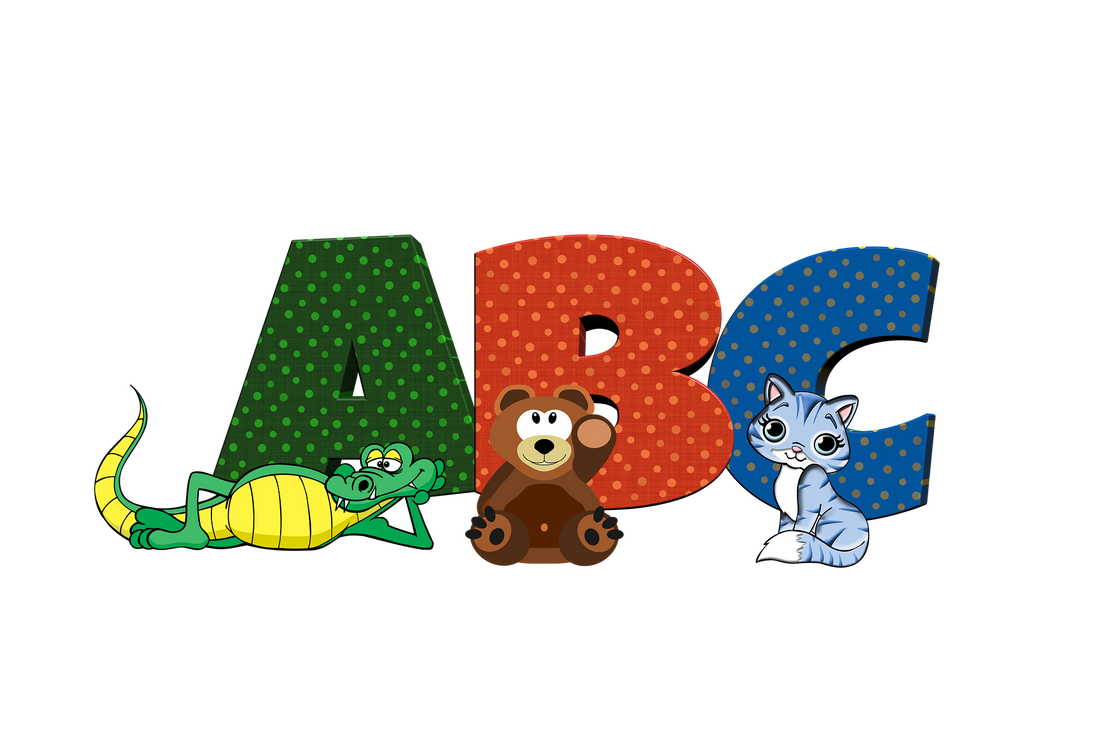The alphabet plays a crucial role in language acquisition by providing the foundation for reading and writing. The alphabet is a set of symbols, each representing a unique sound or phoneme of a spoken language. Learning the alphabet allows children to associate the sounds they hear in speech with the corresponding symbols or letters. This helps them to understand the relationship between the sounds of a language and the symbols used to represent them.
Children typically begin learning their first letters and words at around 2-3 years of age, although the exact timing can vary depending on the child and the language they are learning.
Once children have learned the alphabet, they can begin to use it to sound out words and read simple texts. This helps them to develop their vocabulary, comprehension and overall language skills. It also allows them to communicate with others through writing, which is critical for academic and social success. It is a basis for any other forms of language skills including reading and writing.
One common method for introducing children to the alphabet is through the use of alphabet books, which feature pictures and words that correspond to each letter. These books are designed to be visually engaging and interactive, with bright colors and simple illustrations that capture the attention of young children.
Another popular method is the use of flashcards. These are cards with the letter and an illustration of something that starts with the letter, it allows children to visualize the letter and their corresponding words. They can also be used for tracing, allowing children to practice writing the letters.
Songs, rhymes and games that make use of the alphabet can also be effective in helping children learn their letters. As children begin to associate the sounds of the letters with their corresponding shapes, they are able to begin forming words and simple sentences.
As children gain more familiarity with the alphabet, they begin to learn the concepts of phonics. It is the understanding of the relationships between the letters of written language and the sounds of spoken language. It helps the children to connect letters and sounds together, allowing them to begin sounding out words as they read.
Additionally, learning the alphabet also helps children develop other cognitive skills such as memory, attention, and problem-solving, that are essential for learning.
It is important to note that every child is different and learns at their own pace, and some may need more support and guidance than others. It is also important to use various forms of teaching methodologies to cater to the different learning styles of children.
In summary, the alphabet plays a key role in language acquisition, and children typically begin learning their first letters and words at around 2-3 years of age. Using a variety of methods such as alphabet books, flashcards, songs, rhymes, games, and the understanding of phonics can be effective in helping children learn their letters and form words.

